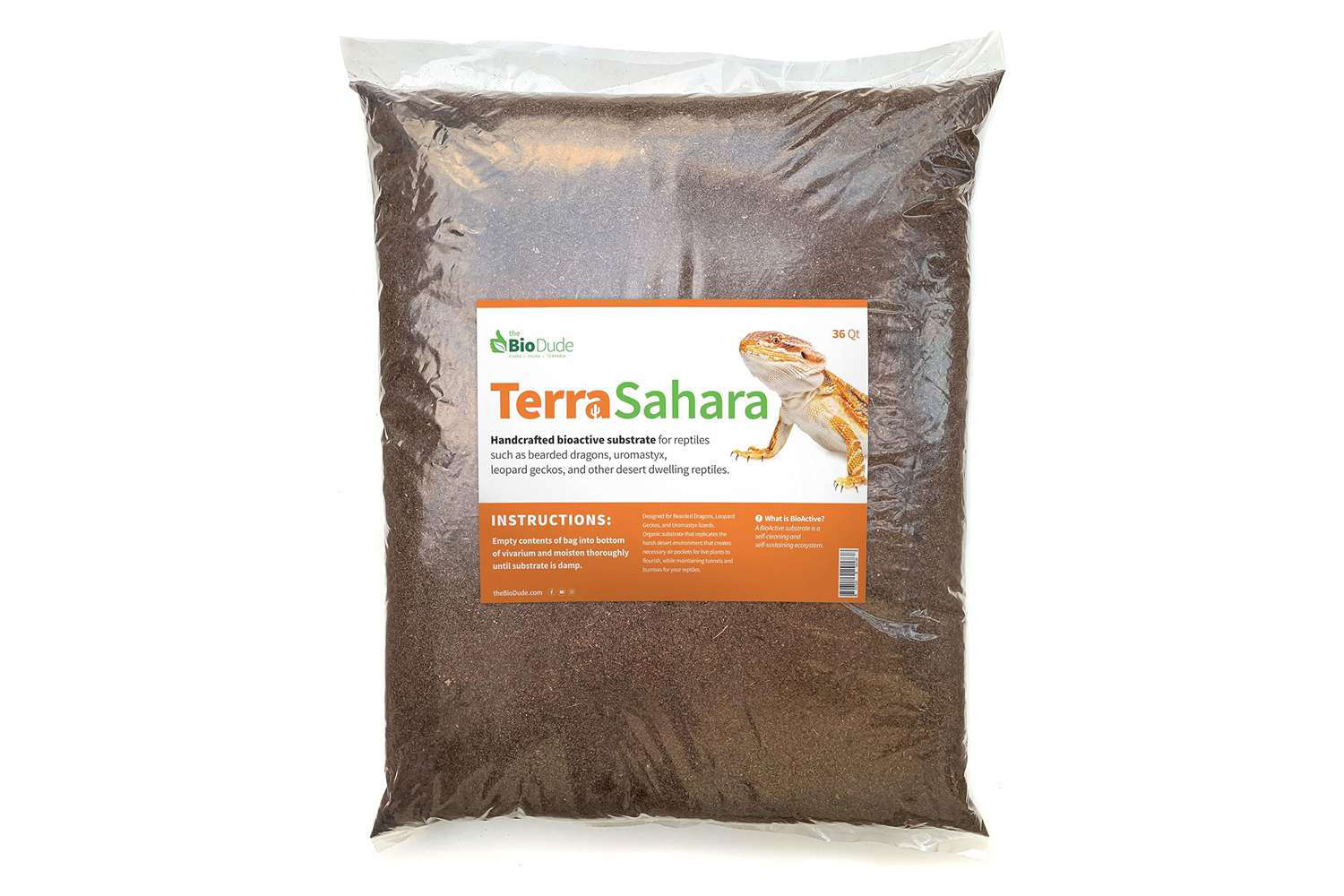
 While it’s true that reptiles diet would not have the identical physiological mechanisms for regulating physique temperature as mammals and birds, they do possess sure adaptations that allow them to be categorised as warm-blooded. One such adaptation is the flexibility to generate heat by means of muscular activity. Reptiles can increase their metabolic charge and generate heat by shivering or basking in the solar, very like mammals do. This capability permits them to take care of a relatively constant physique temperature in a wide range of environmental situations.
While it’s true that reptiles diet would not have the identical physiological mechanisms for regulating physique temperature as mammals and birds, they do possess sure adaptations that allow them to be categorised as warm-blooded. One such adaptation is the flexibility to generate heat by means of muscular activity. Reptiles can increase their metabolic charge and generate heat by shivering or basking in the solar, very like mammals do. This capability permits them to take care of a relatively constant physique temperature in a wide range of environmental situations.
One other crucial adaptation that enables reptiles to be heat-blooded is the presence of specialised constructions inside their bodies that help to retain heat. For example, many reptiles have a thick layer of insulating fat beneath their pores and skin that helps to prevent heat loss. Moreover, some reptiles have developed unique anatomical features, similar to long, slender limbs, that assist to maximize their floor area relative to their quantity, thereby increasing their ability to absorb heat from the surroundings.
Latest studies have also shown that sure reptiles, similar to pythons and monitor lizards, exhibit behaviors that are indicative of thermal regulation. These reptiles have been observed actively searching for out hotter or cooler temperatures in their environment so as to take care of their physique temperature within a specific vary. For instance, pythons have been known to bask within the sun to lift their physique temperature, whereas monitor reptile pet courier lizards have been observed hiding in burrows or seeking shade to cool down.
The fact that many reptiles pet good are warm-blooded has vital implications for our understanding of their physiology and habits. For example, it could help to explain why some species of reptiles are energetic through the day, moderately than solely at night time as is often believed of chilly-blooded animals. It may shed light on how certain reptiles are able to inhabit diverse habitats, from deserts to tropical rainforests, with comparatively little fluctuation of their physique temperature.
In conclusion, while the normal view of reptiles as chilly-blooded animals persists, current research has shown that many reptiles are actually warm-blooded creatures with the flexibility to regulate their body temperature by a mix of physiological and behavioral adaptations. By recognizing and understanding the warm-blooded nature of reptiles, we will acquire helpful insights into their biology and ecology, in the end resulting in a better appreciation and conservation of these fascinating creatures.
